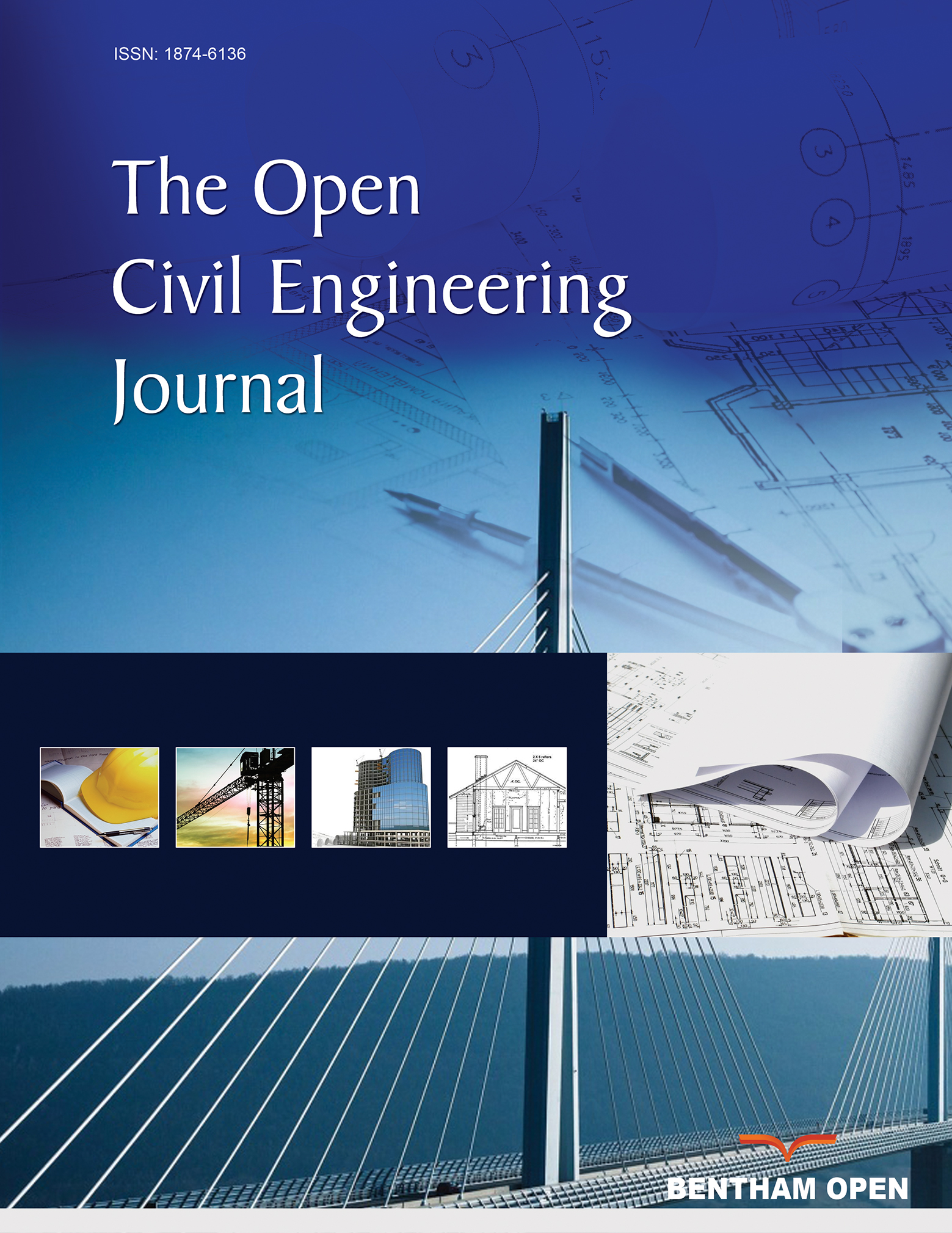All published articles of this journal are available on ScienceDirect.
Experimental Study on Seismic Behavior of Steel Plate Shear Walls with Connections in the Weak Axis of PEC Columns
Abstract
Introduction:
Steel Plate Shear Walls (SPSW) with Partially Encased Composite Columns (PEC) are proposed to address the issues of local buckling failures during earthquakes and insufficient energy dissipation capacity of steel plate walls.
Methods:
In this study, cycle loading tests were conducted on three PEC-SPSW specimens with varying parameters to investigate the stress distribution, failure mode, hysteresis curve, skeleton curve, and energy dissipation performance of SPSW with weak axis connections in PEC columns specimens.
Results:
The results showed that specimens with weak axis connections in PEC columns performed well during seismic tests. Incorporating PEC columns into a steel plate shear wall structure can prevent local buckling of the edge column, improve the post-buckling strength of the thin steel plate wall, and enhance the overall seismic performance of the structure. Increasing the width-to-thickness ratio of the PEC column flange, as well as the settings of the stiffened plates, can significantly improve the structure's energy dissipation capabilities.
Conclusion:
This study serves as a reliable reference for the use of this type of structure in practical engineering.


